Does Suboxone Get You High?
When discussing medications for opioid addiction, one of the questions that often comes up is: “Does Suboxone get you high?” Suboxone, a medication-assisted treatment (MAT) option, is widely used in the treatment of opioid use disorder (OUD), but there are misconceptions about its effects. In this article, we’ll dive into what Suboxone is, its intended use, and whether it can produce a high. Also ways to seek treatment options for addiction or therapy.
What is Suboxone?
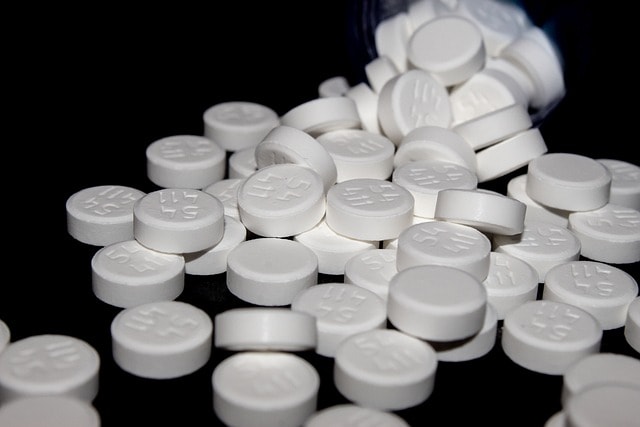
Suboxone is a prescription medication that contains two active ingredients: buprenorphine and naloxone. It is designed to help individuals who are addicted to opioids, such as heroin or prescription painkillers, manage their opioid use disorder and reduce withdrawal symptoms and cravings.
Buprenorphine: The Partial Agonist
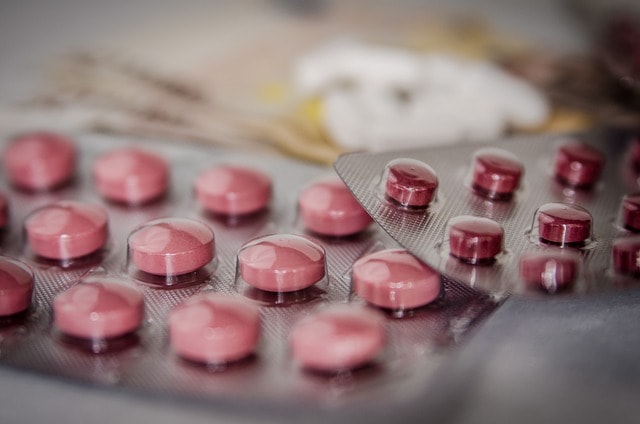
Buprenorphine is a partial opioid agonist, which means it activates the opioid receptors in the brain but to a much lesser extent than full agonists like heroin or methadone. This property helps to alleviate withdrawal symptoms and cravings without producing the intense euphoria associated with full agonists. It can also help to reduce the risk of overdose deaths associated with opioid use.
Naloxone: The Opioid Antagonist
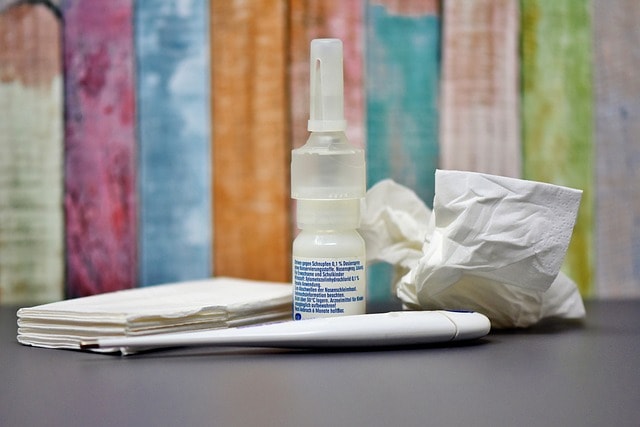
Naloxone is an opioid antagonist, which means it blocks the effects of opioids at the receptor sites. Its primary role in Suboxone is to deter misuse. If Suboxone is taken as prescribed, the naloxone component has little to no effect. However, if the medication is injected, naloxone can precipitate opioid withdrawal symptoms, discouraging abuse. This makes Suboxone a safer alternative to other opioids, with a lower risk of overdose.
Does Suboxone Get You High?
The short answer is that Suboxone is designed not to get you high when used as prescribed. Here’s why:
Buprenorphine’s Ceiling Effect
One of the unique properties of buprenorphine is its “ceiling effect.” This means that after a certain dose, taking more buprenorphine will not increase its effects. This ceiling effect reduces the potential for misuse and makes it less likely to produce a high.
The Role of Naloxone
As mentioned earlier, naloxone is included in Suboxone to prevent misuse. When taken sublingually (under the tongue), naloxone has minimal impact. However, if someone tries to inject Suboxone to get high, naloxone will block the opioid receptors and can trigger opioid withdrawal symptoms.
Personal Factors
Individual responses to medications can vary. While Suboxone is designed to minimize the risk of getting high, some people, especially if opioid naïve, may still experience mild euphoria, especially at the beginning of Suboxone treatment. However, this is generally not comparable to the high produced by full opioid agonists.
The Effects of Suboxone
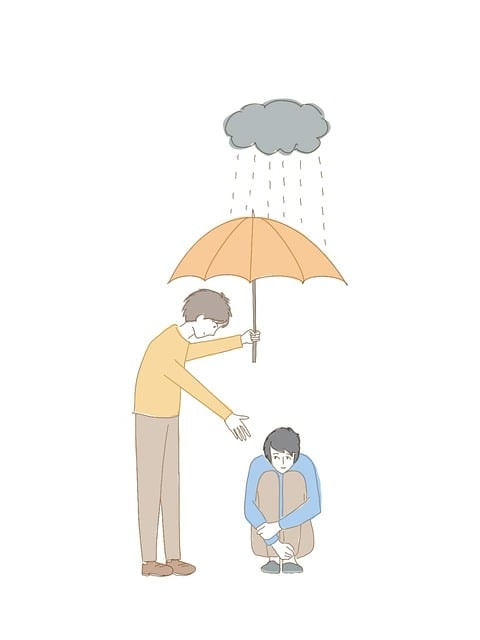
Understanding the intended effects of Suboxone can help clarify why it is not typically associated with a high.
Reducing Withdrawal Symptoms
Suboxone helps alleviate the uncomfortable symptoms of opioid withdrawal, such as nausea, muscle aches, and anxiety. This makes it easier for individuals to stop using opioids without experiencing severe discomfort. The reduction of these opioid withdrawal symptoms is a crucial step in the recovery process, allowing individuals to focus on their overall well-being and treatment.
Curbing Cravings
One of the significant benefits of Suboxone is its ability to reduce cravings for other opioids. By partially activating the opioid receptors, buprenorphine satisfies the brain’s need for opioids, making it easier to stay off more harmful substances. This can be particularly helpful for individuals struggling with opioid addiction, as cravings can be a major trigger for relapse.
Stabilizing Mood

Many individuals using Suboxone report an improvement in their mood and overall well-being. This stabilizing effect can be crucial for those recovering from opioid drugs addiction, as it helps them focus on rebuilding their lives without the constant distraction of cravings and withdrawal symptoms.
Suboxone Abuse and Misuse
While Suboxone is designed to be a safer alternative to other opioids, it is not entirely free from the potential for abuse and misuse. It is important to note that Suboxone, while a valuable tool in addiction treatment, is still a medication with potential for abuse.
Snorting or Injecting Suboxone
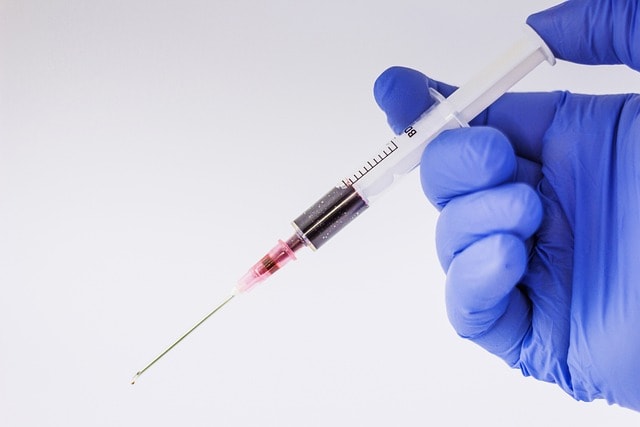
Some individuals may attempt to misuse Suboxone by snorting or injecting it. However, as previously mentioned, the naloxone component is designed to counteract this. Injecting Suboxone can lead to immediate withdrawal symptoms, making it an ineffective way to achieve a high.
Taking Higher Doses
Another form of misuse involves taking higher-than-prescribed doses of Suboxone in an attempt to feel its effects more strongly. Due to the ceiling effect of buprenorphine, this is unlikely to produce a significant high and can increase the risk of side effects.
Combining with Other Substances
In some cases, individuals may combine Suboxone with other substances, such as benzodiazepines or alcohol, to enhance its effects. This practice is dangerous and can lead to severe respiratory depression, overdose, and even death.
The Importance of Medical Supervision

Using Suboxone as part of a comprehensive addiction treatment plan for opioid addiction should always be done under medical supervision.
Professional Guidance
A healthcare provider plays a pivotal role in the safe and effective use of Suboxone for treating opioid addiction. They can determine the appropriate dosage based on the individual’s specific needs and medical history, ensuring the medication is both effective and safe. Additionally, healthcare providers monitor patients for any adverse effects or signs of misuse, such as combining Suboxone with other substances, which can lead to serious health consequences.
Regular check-ins and counseling sessions provide invaluable support to individuals in their recovery journey, addressing not only the physical aspects of addiction but also the underlying psychological and emotional factors.
Risk of Dependency
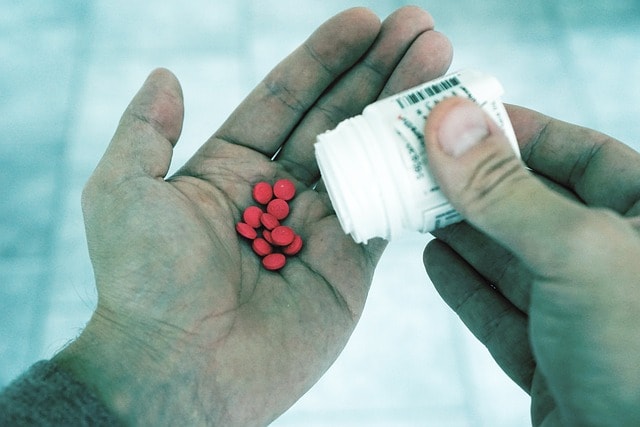
While Suboxone is less likely to be abused compared to other opioids, there is still a risk of dependency, particularly when misused or abused. Healthcare providers can help manage this risk by gradually tapering the dose and providing alternative therapies as needed.
Access to Additional Resources
Medical supervision often includes access to additional resources, such as counseling, support groups, and mental health services. These resources can be invaluable in addressing the underlying issues that contribute to addiction and supporting long-term recovery.
Conclusion

Suboxone is a critical tool to treat opioid addiction, designed to reduce withdrawal symptoms and cravings without producing a significant high. When used as prescribed, it is a safe and effective medication that can help individuals reclaim their lives from the grip of addiction.
However, like any medication, Suboxone is not without its risks. Misuse, such as abuse suboxone, and combining it with other substances can lead to serious health consequences, including suboxone addiction. It can be dangerous when used as a primary drug. Therefore, it is essential to use Suboxone under the guidance of a healthcare provider as part of a comprehensive treatment plan.
By understanding how Suboxone works and its intended effects, individuals can make informed decisions about their treatment and take essential steps toward recovery. If you or someone you know is struggling with opiate addiction, opioid use disorder, or opioid withdrawal symptoms, seek professional help.
Seeking Treatment? We Can Help!
We work with PPO Out of Network Health Insurance Policies
If you or a loved one are struggling with mental health challenges or substance abuse, reach out to Mountain Sky Recovery today. Our team of compassionate professionals is here to support your journey towards lasting well-being. Give us a call at 951-877-5868.
FAQs For How Long Does Ecstasy Stay In Your System?
1. Does Suboxone get you high?
Suboxone is not designed to produce a high. As a partial opioid agonist, it activates opioid receptors in the brain but to a much lesser degree than full agonists like heroin or oxycodone. While some individuals may experience mild euphoria, especially if they have no tolerance to opioids, this effect is typically minimal and not the primary goal of treatment. The main purpose of Suboxone is to reduce cravings and withdrawal symptoms, helping individuals focus on recovery.
2. Can you become addicted to Suboxone?
While Suboxone is an effective treatment for opioid use disorder, it is possible to develop a physical dependence on it. This means that if you abruptly stop taking Suboxone, you may experience withdrawal symptoms. However, it’s important to distinguish between physical dependence and addiction. Addiction involves compulsive drug-seeking behavior and continued use despite negative consequences. With proper medical supervision and adherence to a treatment plan, the risk of developing Suboxone addiction can be minimized.
3. What happens if I misuse Suboxone?
Misusing Suboxone, such as taking higher doses than prescribed or combining it with other substances, can lead to serious health risks. This includes the potential for overdose, respiratory depression, and other adverse effects. It’s crucial to follow your healthcare provider’s instructions and avoid any misuse to ensure the safe and effective use of Suboxone.
4. Is Suboxone a long-term solution for opioid addiction?
The duration of Suboxone treatment varies depending on individual needs and progress. For some, Suboxone may be a long-term maintenance medication, while others may gradually taper off under medical supervision. The decision to continue or discontinue Suboxone should be made in consultation with a healthcare provider, considering the individual’s overall recovery goals and any underlying medical or psychological conditions.




